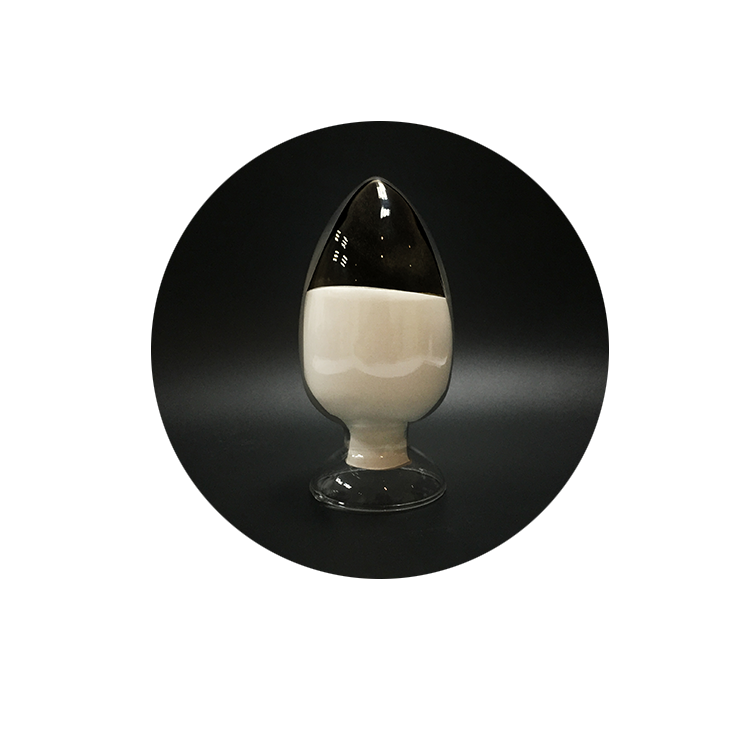What is Transglutaminase and is It Edible?
Food additives, such as preservatives, colorants, and fillers, are commonly used in the food industry to improve the taste, texture, and color of products. Although some are harmless, some may be harmful to health. Transglutaminase meat glue is a controversial food additive that many people avoid because of health problems. This article discusses transglutaminase and addresses common questions about the safety of this ingredient.
1. What is transglutaminase meat glue?
Although meat glue sounds scary, TG enzyme is an enzyme found in humans, animals, and plants. It connects proteins together by forming covalent bonds, which is why it is often referred to as "nature's biological glue."
In humans and animals, transglutaminase plays a role in various body processes, including blood clotting and sperm production. It is also vital to the growth and development of plants.
The transglutaminase in food is made from the coagulation factors of cattle, pigs and other animals or bacteria extracted from plant extracts. It is usually sold in powder form.
The adhesive properties of transglutaminase make it a useful raw material for food manufacturers. As its nickname suggests, it is an adhesive that binds proteins in common foods such as meat, baked goods, and cheese together. This allows food manufacturers to improve the texture of food by combining different protein sources, or create products such as crabmeat.
2. Is transglutaminase meat glue safe?
With a nickname like transglutaminase meat glue, is it safe to use transglutaminase in food? From these questions, it is not surprising that transglutaminase has potential safety hazards. But the main problem with meat glue is not necessarily the raw material itself, but the increased risk of bacterial contamination of the food it uses.
When multiple pieces of meat stick together to form a piece, it increases the chance of bacteria entering the food. The U.S. Food and Drug Administration classifies transglutaminase as GRAS, and the U.S. Department of Agriculture considers this ingredient to be safe for use in meat and poultry products.


